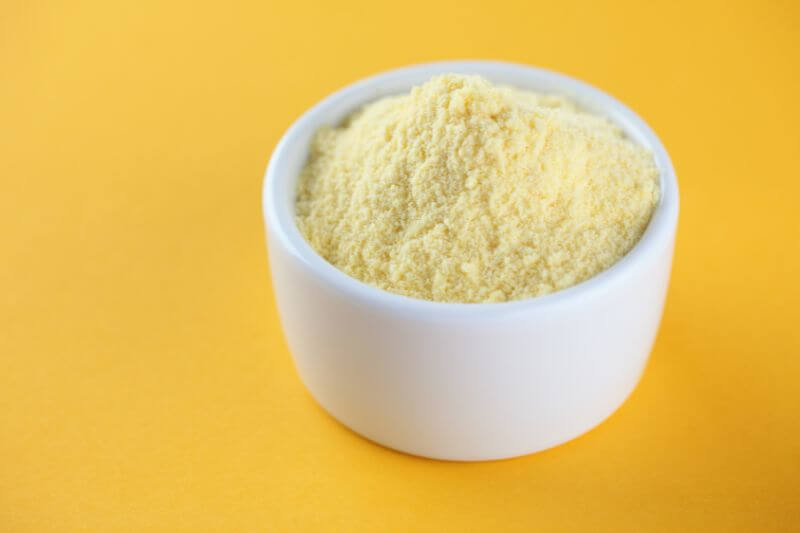Lupin seeds, though less popular than soy or lentils, are packed with protein. For athletes, vegetarians, and vegans, this nutrient-dense plant is worth exploring. Here’s what you should know about this remarkable legume.
Lupin is a legume with over 200 species, with the most commonly used varieties in cooking being white, blue, and yellow lupin. While each type has unique flavors and characteristics, all of them are recommended for a nutritious diet. Let’s delve into these tiny seeds that offer a wealth of health benefits!
The Nutritional Advantages Of Lupin Seeds
Lupin seeds are an exceptional source of plant-based protein, containing around 36% to 40% protein—one of the highest levels found in plant foods!
With a high fiber content of approximately 30%, lupin seeds can aid digestion, help regulate bowel movements, and prevent constipation. They also provide nourishment for beneficial gut bacteria, promoting a healthy microbiome.
Research indicates that consuming lupin seeds can lower blood cholesterol levels. The soluble fibers they contain bind to bile acids in the intestine, facilitating their excretion and thus reducing LDL cholesterol (often known as “bad” cholesterol) in the bloodstream.
Lupin: The Ideal Food For Meat-Free Diets
Lupin seeds can be processed into various vegan substitutes. For instance, lupin tofu can serve as an alternative to soy tofu in many dishes. Additionally, lupin seeds can be made into veggie patties or meatballs.
In comparison to other plant protein sources such as chickpeas, lentils, or soybeans, lupin seeds stand out for their high protein and fiber content, along with lower carbohydrate levels.
This composition is also perfect for athletes seeking to enhance their protein intake while minimizing carbohydrate consumption.
How To Use Lupin Seeds In Cooking
To prepare lupin seeds safely, it is important to remove the naturally occurring bitter alkaloids. Here’s how to prepare them:
- Soak the lupin seeds in water for 24 to 48 hours, changing the water several times.
- Boil the seeds in water for approximately 1 to 2 hours until they are tender.
- Rinse the seeds with cold water to eliminate any residual bitterness.
Once ready, they can be incorporated into various everyday recipes:
- Salads: A quinoa salad with vegetables can be elevated with the addition of lupin seeds for a well-rounded meal.
- Breads and pastries: Lupin flour can be used to prepare gluten-free breads and pastries, adding a soft texture and a subtle nutty flavor while boosting the protein content of your recipes.
- Snacks: Cooked and soaked lupin seeds can be enjoyed as snacks, seasoned with various spices for a tasty and nutritious treat.
Lupin Is Beneficial For Both Your Plate And The Planet
Environmentally, lupin is a fascinating plant. It can be cultivated without chemical products and thrives in poor soils. Lupin is known as a “nitrogen-fixing plant,” meaning it enriches soil with nitrogen, a crucial nutrient for subsequent crops.
This plant, well-suited to the European climate, primarily grows in France and its neighboring countries, reducing the need for long-distance transportation.
IMPORTANT TO NOTE
Some individuals may have allergies to lupin seeds, particularly those allergic to peanuts or soy. Symptoms of a lupin allergy may include itching, swelling, and breathing difficulties.







